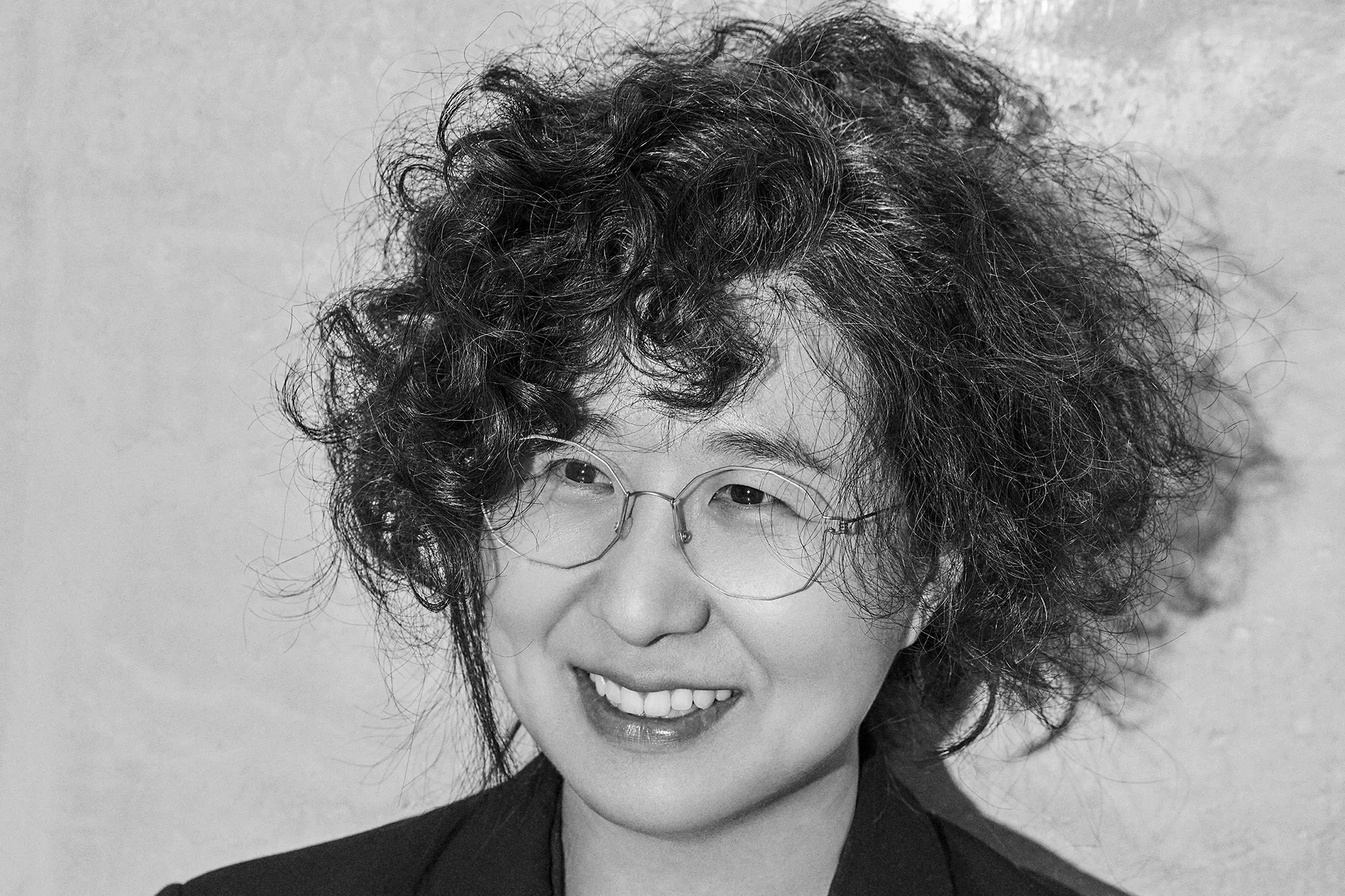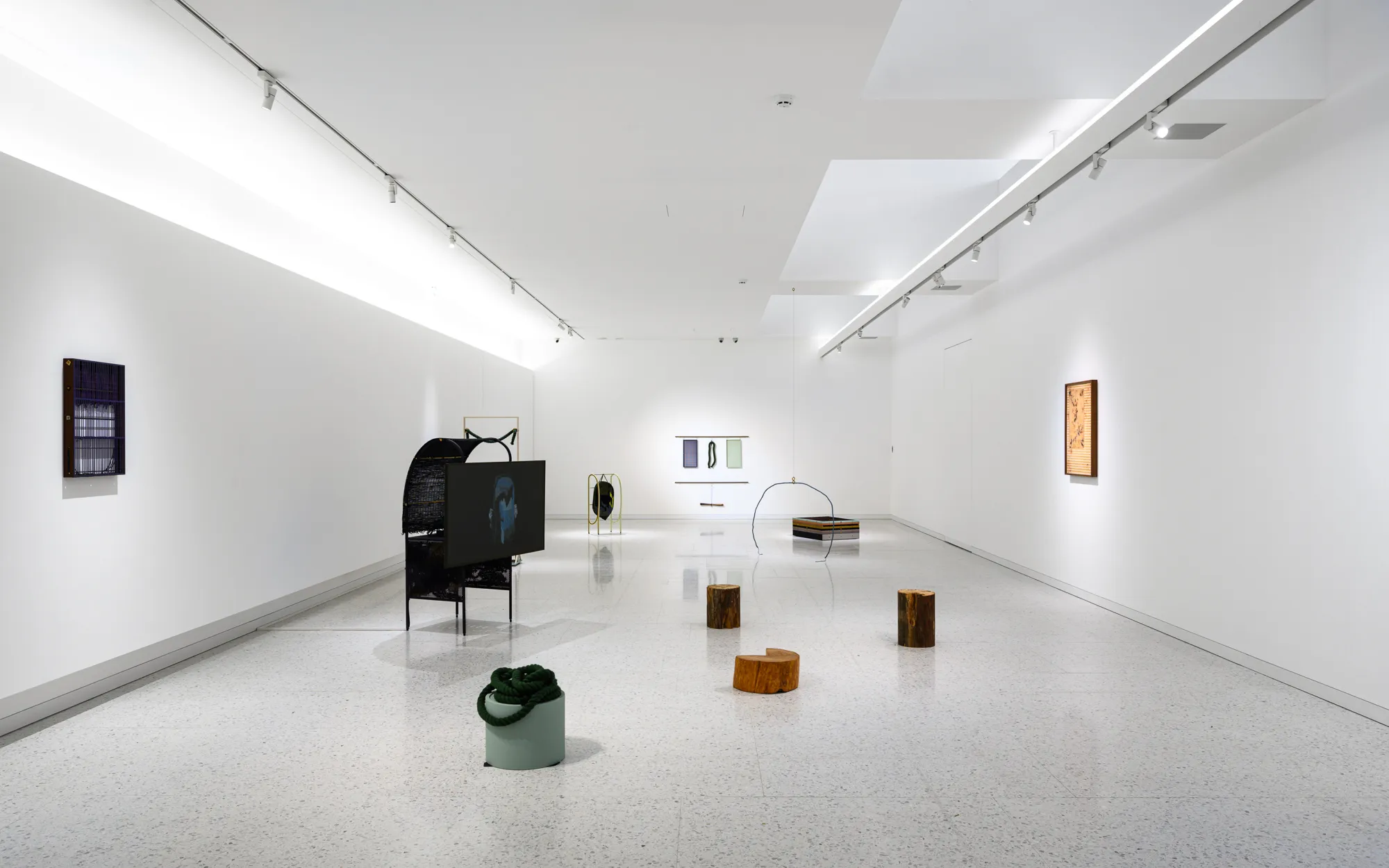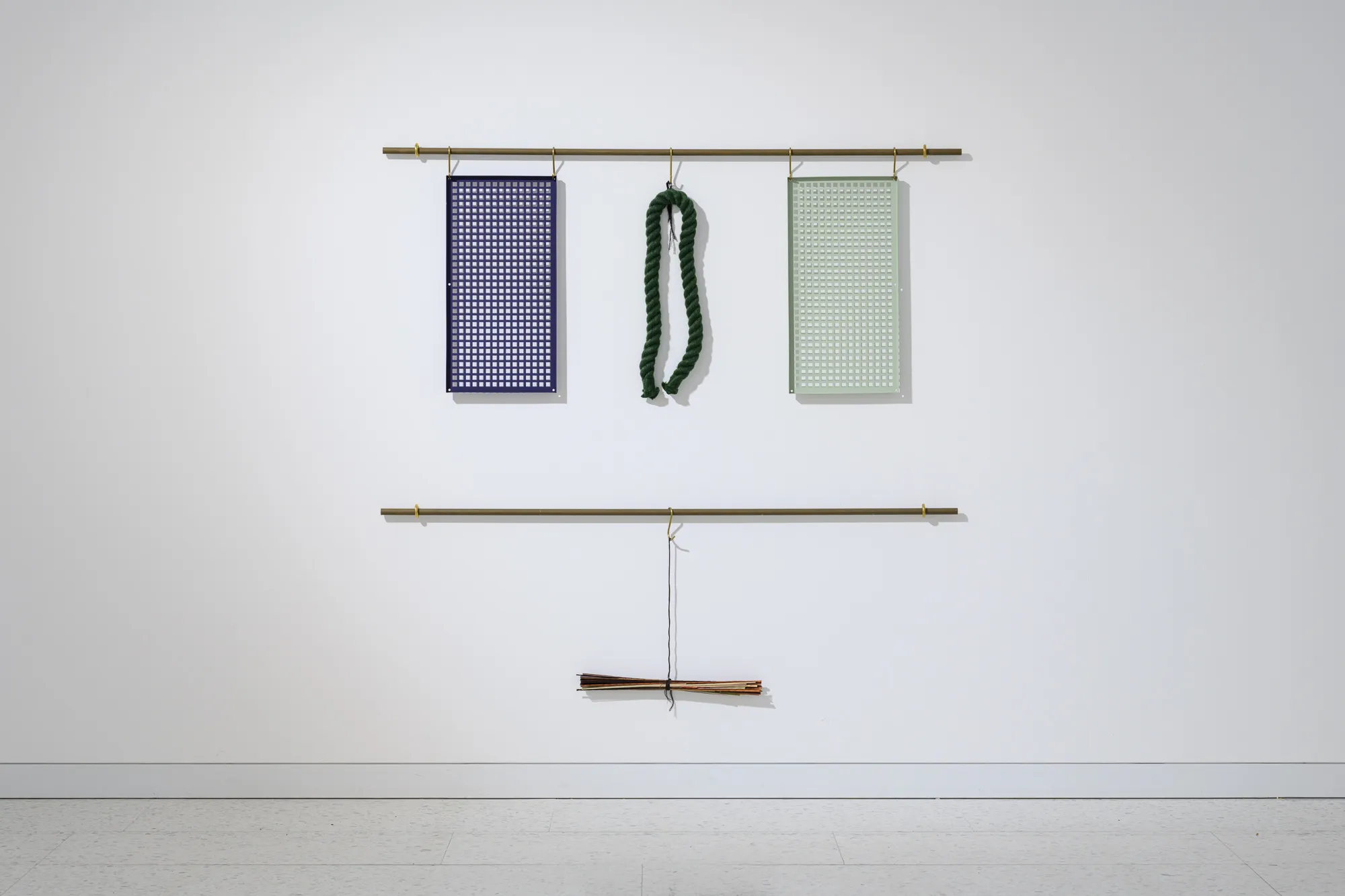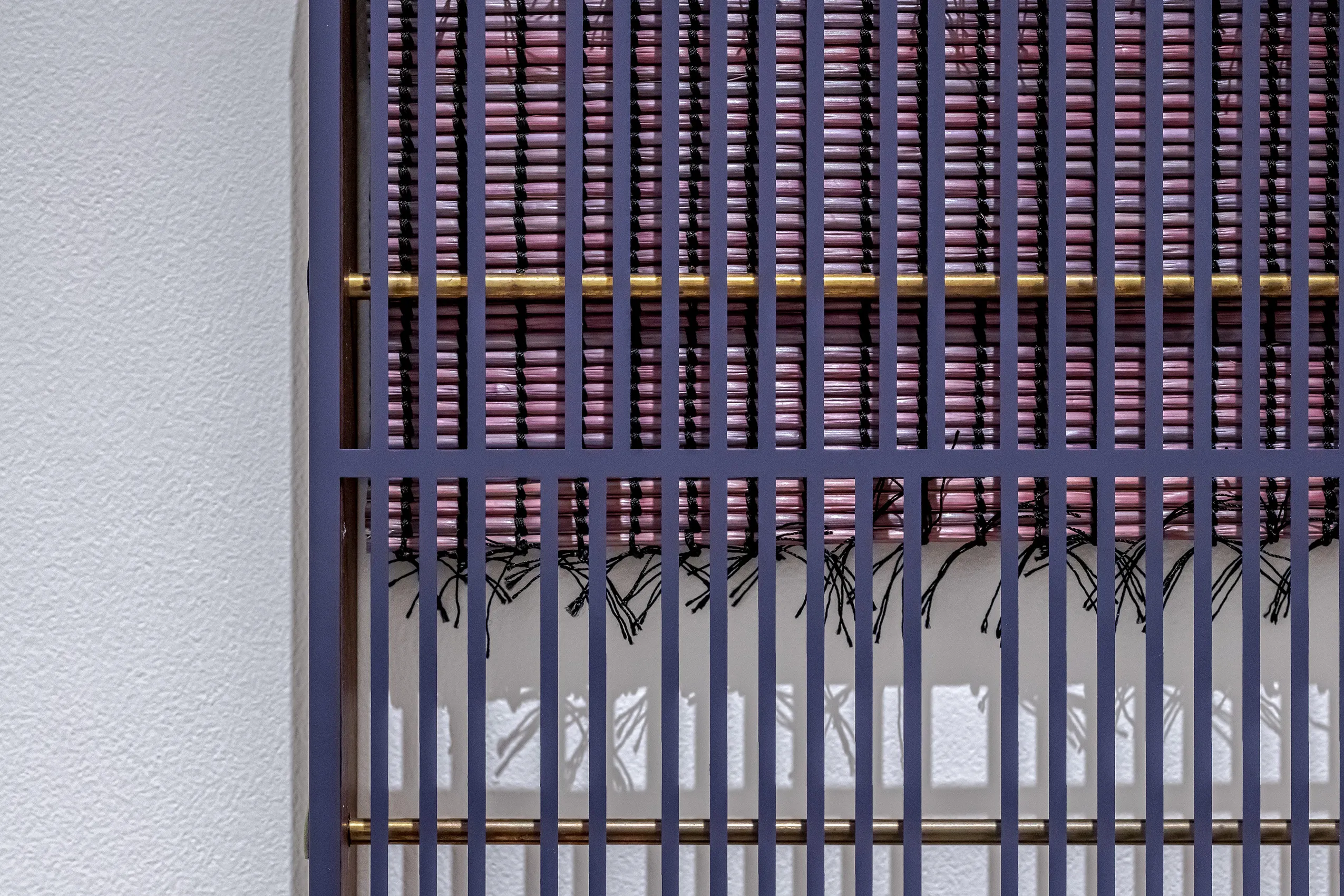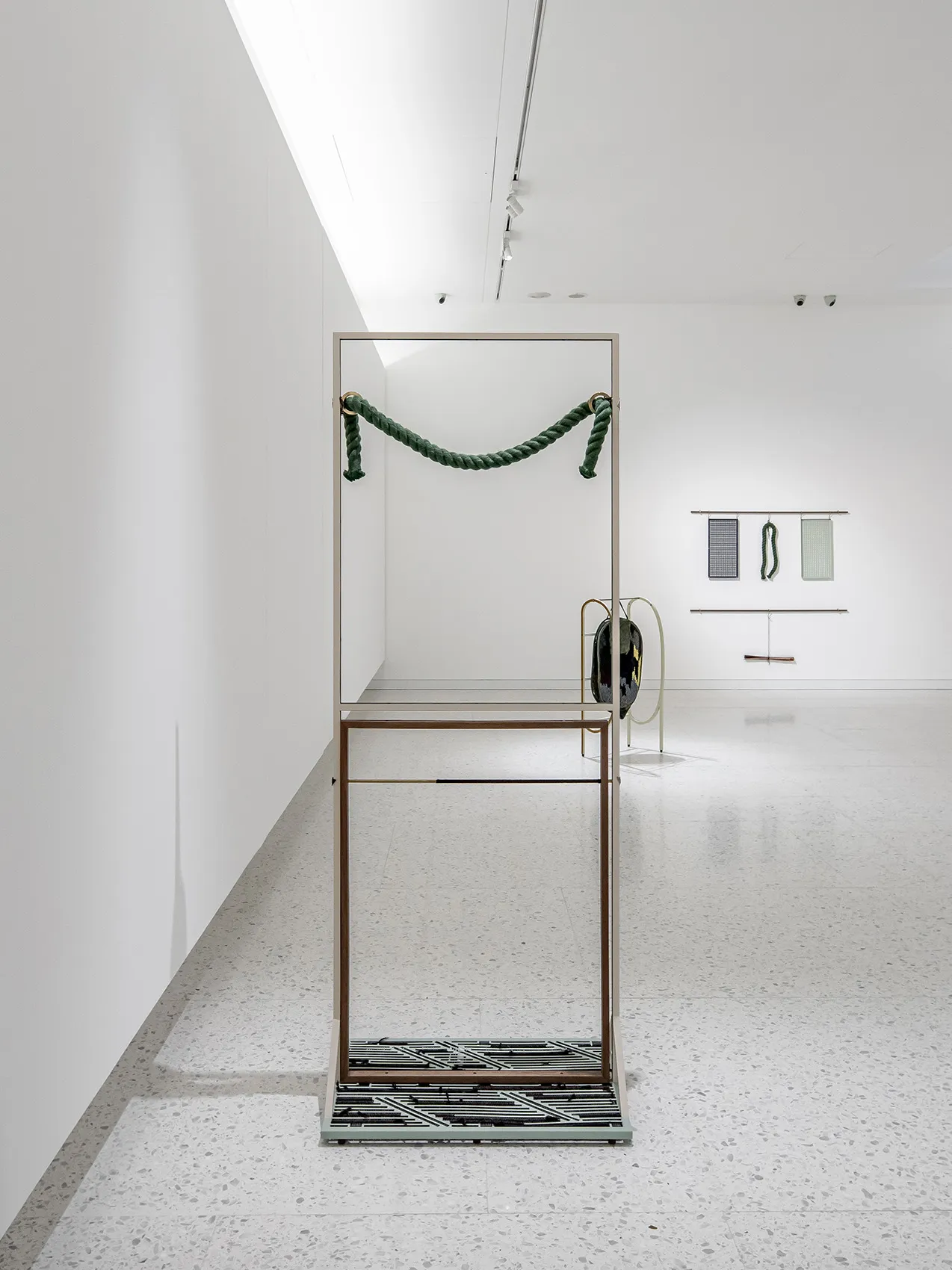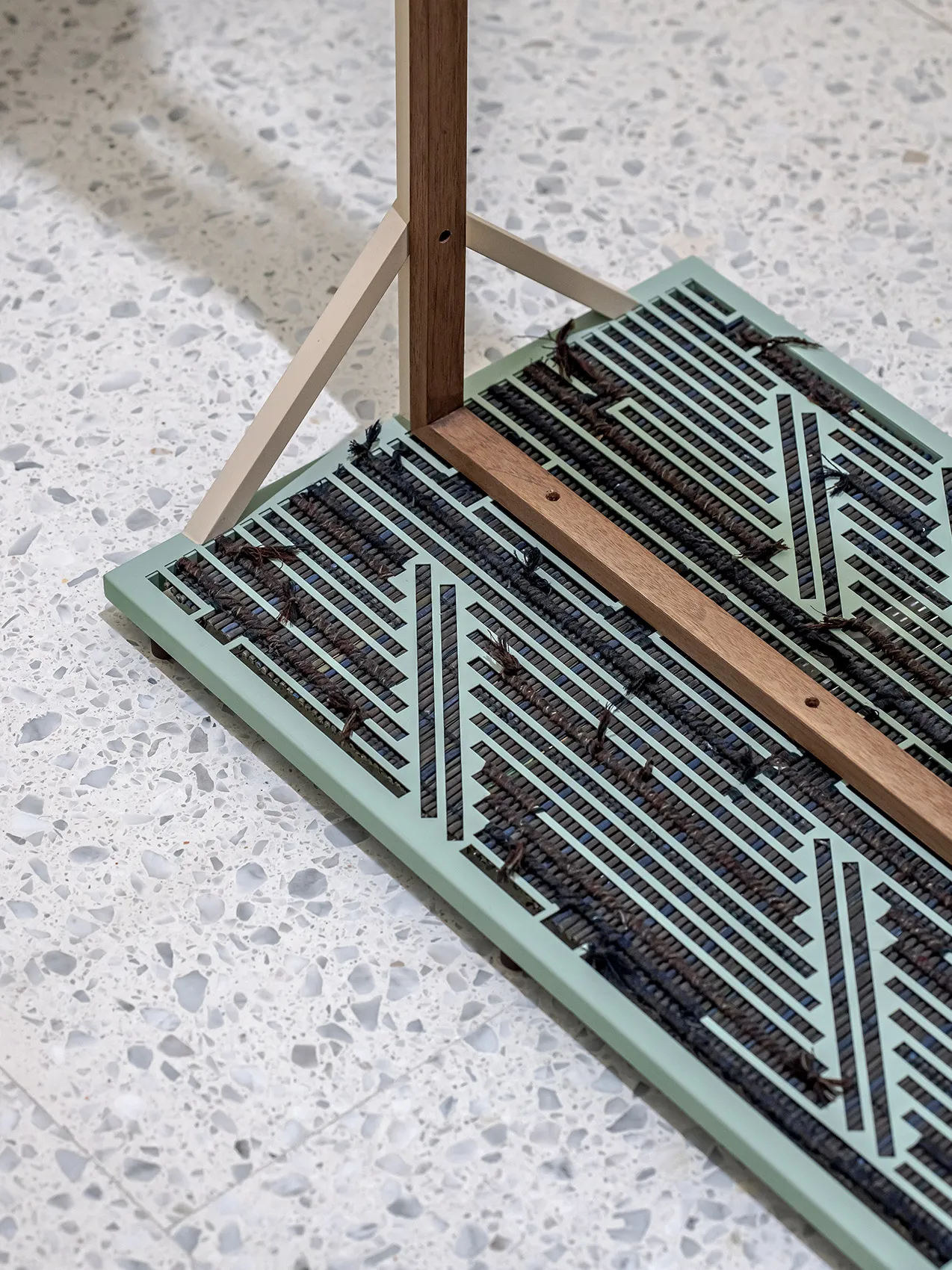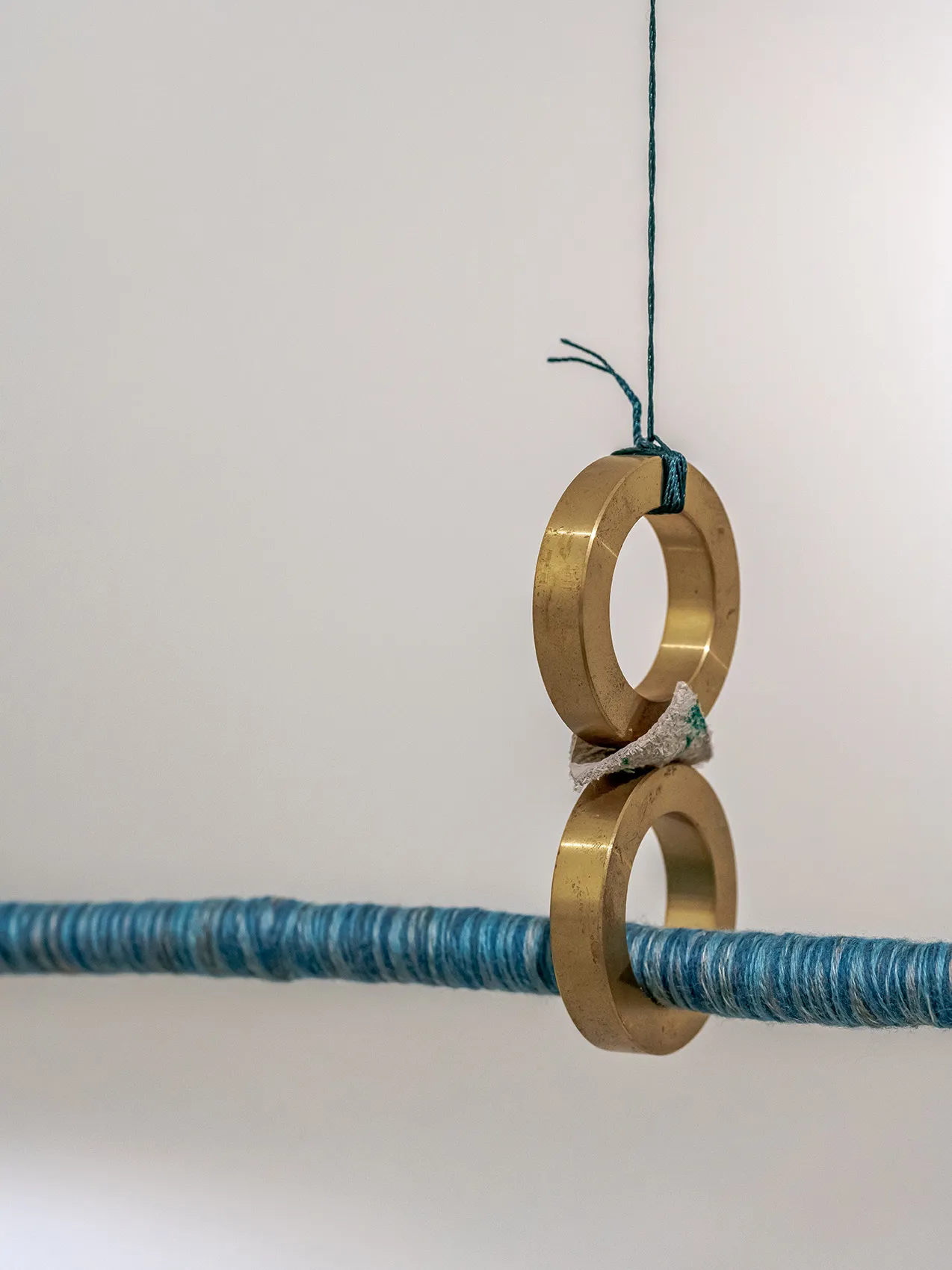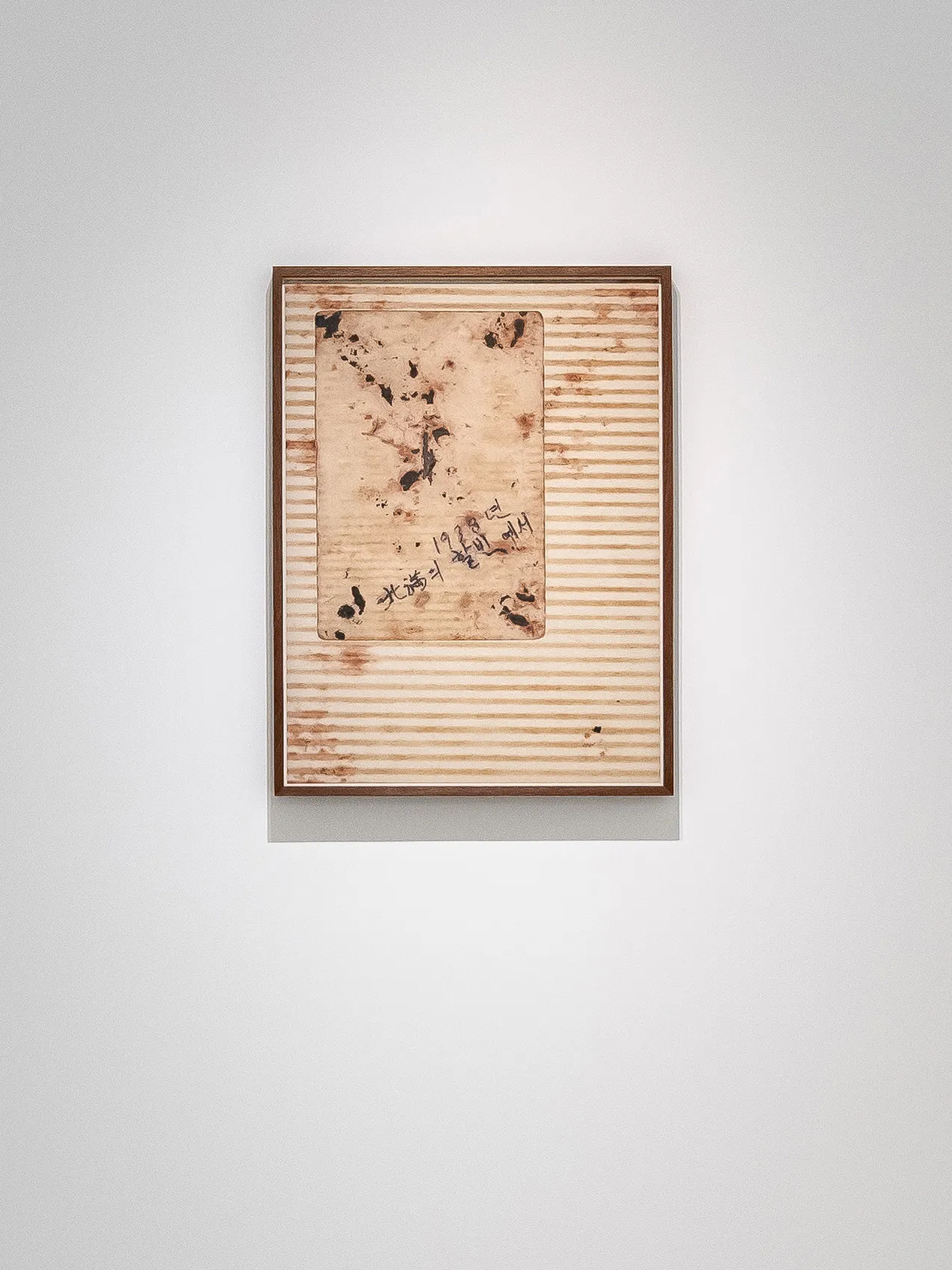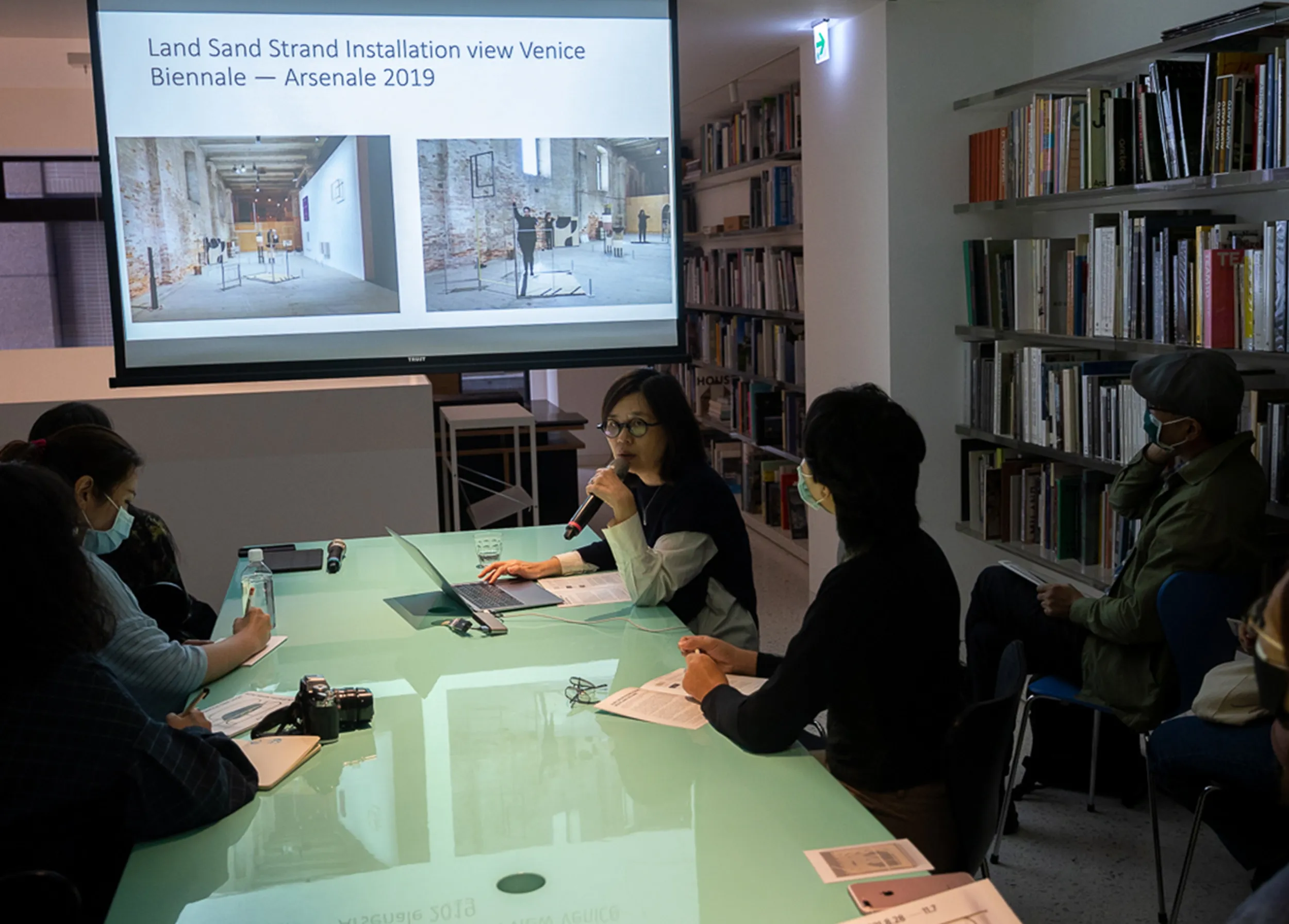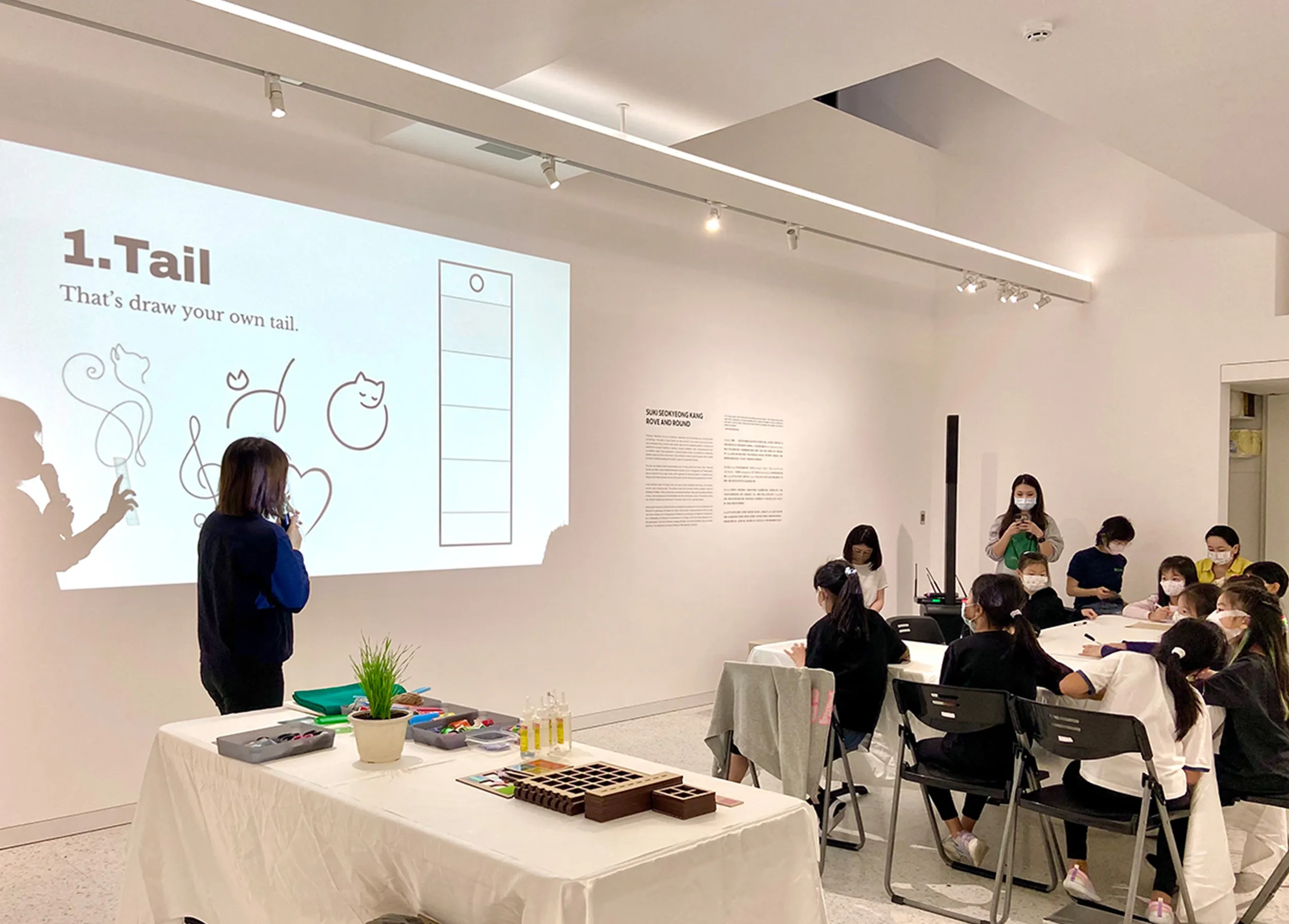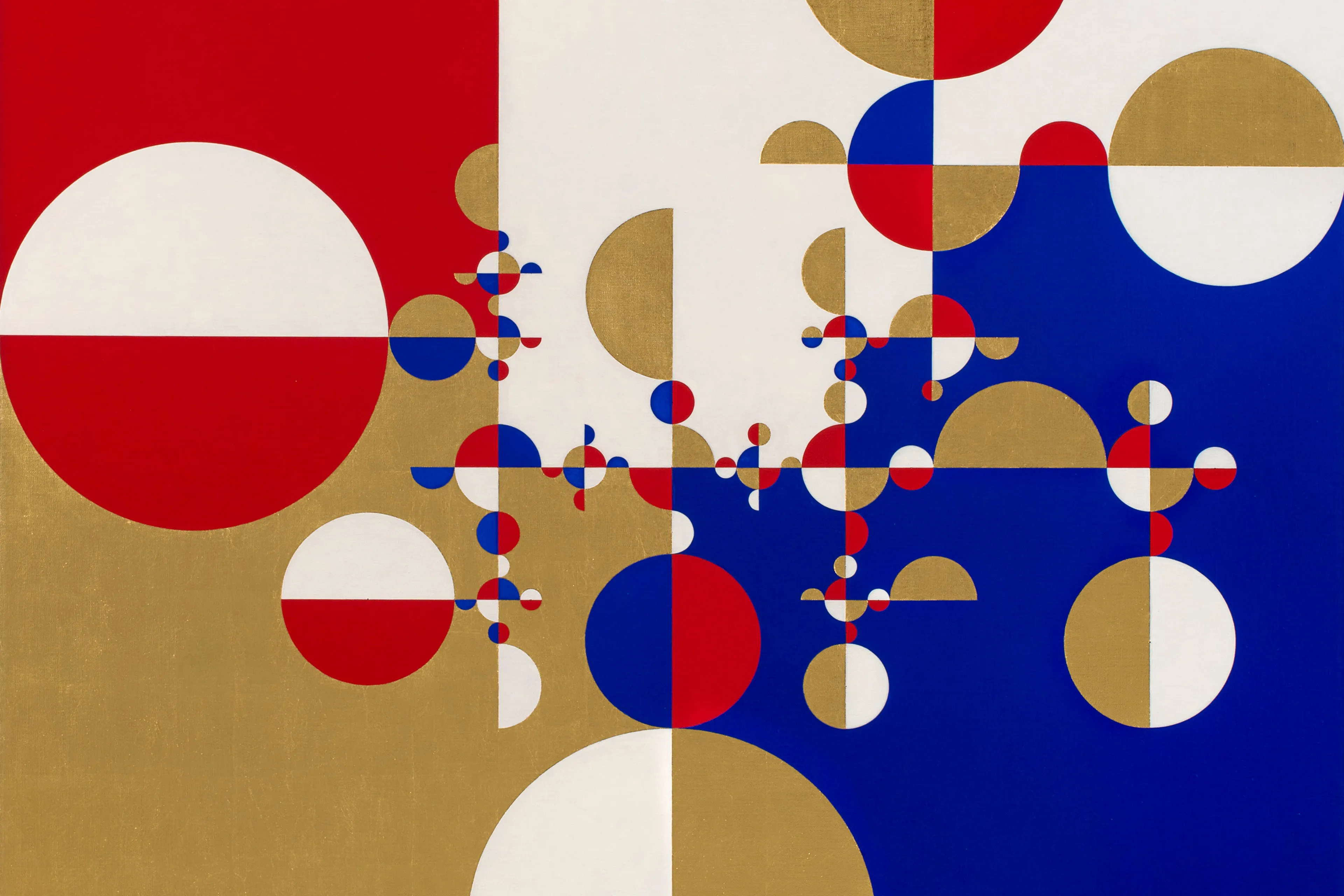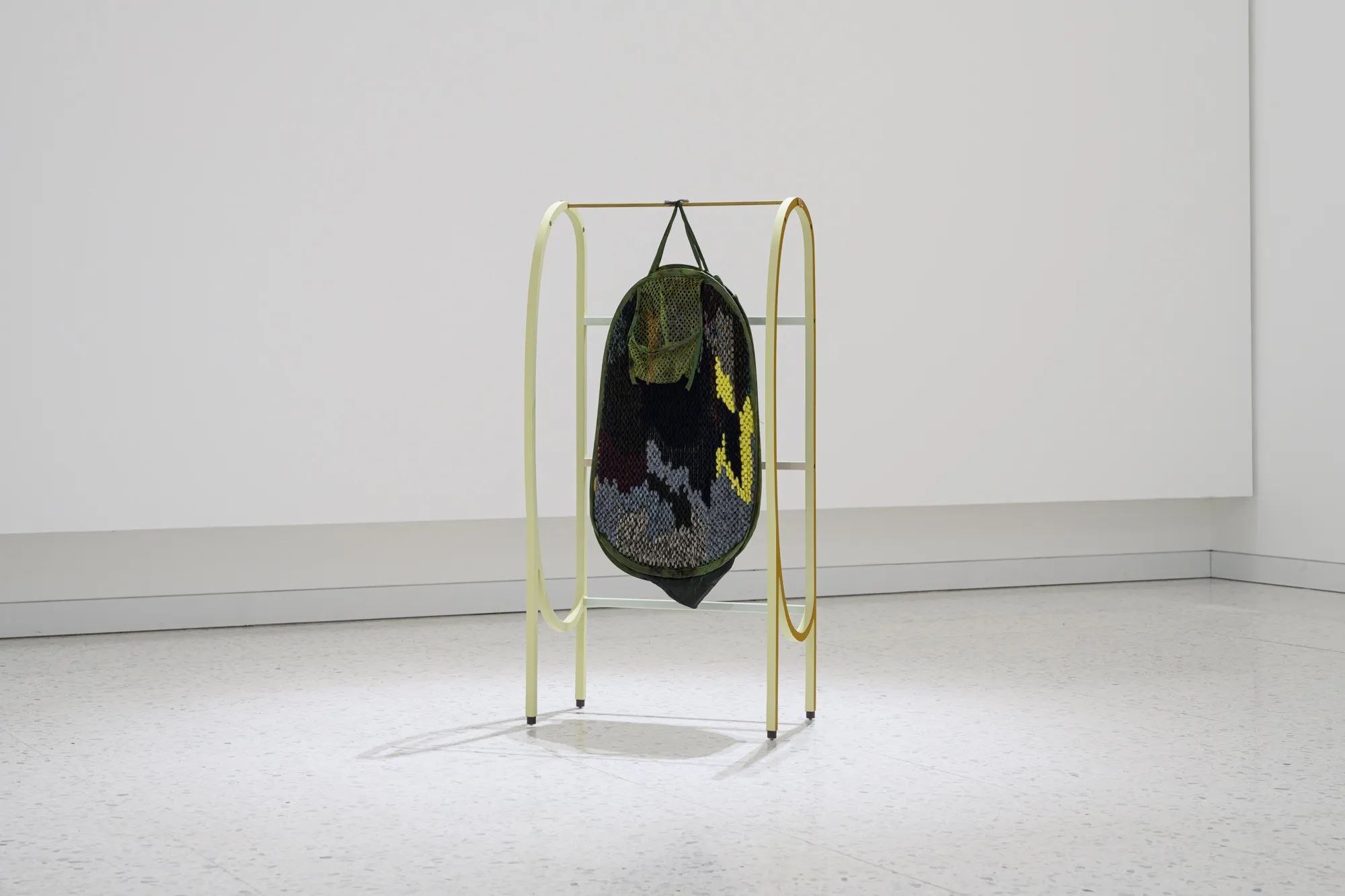
SUKI SEOKYEONG KANG:Rove and Round
Locations
WINSING ART PLACE
“As I create a work, I like to think that I am painting a picture in space. I don't mean a picture in the sense that it represents or recreates anything, but it is about my thoughts, my voice, and the stories I want to tell the world. I think about how all of these can quietly come together and create a scene in one place.” — Suki Seokyeong Kang
"Painting". Prehistoric rock art, oil paintings, watercolors and ink paintings are commonly known as paintings. The works in these modes are often painted on flat media using various paints. Miriam Cahn, the artist introduced by Winsing Art Place before, is a graphic painter who examines the relationship between the human body and the world. Suki Seokyeong Kang, a Korean artist, breaks away from the established patterns of painting and expands the concept of painting to weaving, sculpture, installation, video, choreography and even an exhibition space. Kang said, "All the works look like installation. I love to say it's a painting. Making a painting it's more to be how to think, how to make, and how to pour your voice inside of the space which is painting. So, I wanted to find out how can be layering the materials together inside of the space as set of paintings." Kang specializes in research-oriented creation. By exploring the relationship between space and one's social status, Kang attempts to create a visual language which is based on Korean traditional painting with abstract, organic and geometric features.
This time, we exhibited several representative series of Kang, namely the "Jeong", "Mat", "Rove and Round" and "Note". Korean traditional historical vocabulary plays an important role in Kang's works, which organizes the works and spaces in a systematic way. The "Jeong" series is based on the unit "Jeong", which comes from the "Jeongganbo" created by Sejong the Great, a grid-like score composed of small squares. Each of square represents a beat, with each note occupying a small box. The "Jeong" series consists of an arrangement of frames, where the frames without paintings inside are stacked on top of each other and constructed in a horizontal or vertical direction in the space. Kang uses the grid concept from the Jeongganbo as a metaphor for space and modern society. Each frame represents the boundary between works, the division and intervention of space, and the position of a person in the society.
The Jeongganbo is used in traditional dances such as the Chunaengmu. The performers of Chunaengmu stand on a patterned mat of limited size and slowly extend their arms, feet and bodies like expanding the space they are in. Kang used this as a metaphor for everyone’s efforts to expand the limited field within the smallest space available to him or her in the society, and it also represents the role of an individual in society. Inspired by the Korean traditional craft work of Hwamunseok, Kang collaborated with local artisans to produce the “Mat” series, which presents the Hwamunseok works in different forms. In this exhibition, the dyed and woven Hwamunseok can be seen hidden behind the back or rolled up and placed in a stacked frame structure.
In addition to historical elements, physical and mental memories are also often woven into the structure and appearance of Kang's works. "Rove and Round" means "walking in circles," which describes a person who keeps moving in a limited area without crossing the boundary. The series is composed of three elements: face, belly, and mat. The curved shape of the work is created by the artist based on the measurement of her own body. The pillar structure is a part supporting the body, just like the grip of a walking aid, while the mat evokes the awareness of body territory.
Kang said, "I put myself as a mediator to combine different materials together to harmonize, to become individual." The recent "Note" series brings together materials with different characteristics in a "grid" space as a fragment of the idea for narration. Presented in the form of hanging, the works are transformed from paintings on flat canvases into a multi-layered combination of three-dimensional objects such as mesh, thick rope and dyed rush, just like the extension of "painting". These components are like paints which reveals the stories that Kang wants to convey. Kang intervenes in the space with "painting" in many ways to achieve a state of balance and harmony.
For Kang, family memories are the starting point for her work. Kang depicts her vague imagination of her grandfather in the work "Young-Chae". The vintage wooden frame combined with modern printing technology seems to link the past and the present. Her grandfather passed away long before she was born, and the only thing Kang knew about him was the photograph on the piano she played every day when she was a child. She asked her father about her grandfather, and her father told her that the name of her grandfather was "Young-Chae", which means "swimming in vivid colors". The face of her grandfather is the inspiration for Kang's work, but instead of presenting it in the work, she shows the another side of the worn photograph, with a handwritten note on the back of the photograph indicating when and where the photograph was taken. Kang believes that personal and family memories are also the beginning of each person. She tries to use a portrait of her grandfather in the past to think about the face of every person at now and in the future.
In the exhibition space for Kang's works, the space is like a beautiful music score, and the works are like a set of dancing notes. The position of each work has been carefully arranged. Under the rendering of tradition, history, culture, body and personal memories, Kang uses the graphic vocabulary of lines, colors and textures to link the tradition with the contemporary society. The elements coming from different materials are interwoven in the square frame to form a symbolic space.
